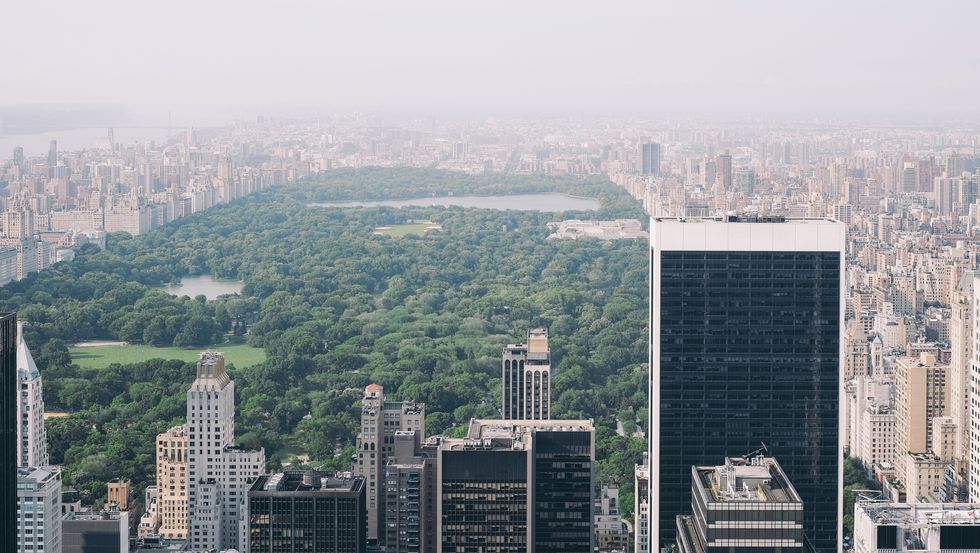The bright lofty trees and perfectly trimmed grass of Central Park help paint a serene sanctuary in the middle of the bustling city of New York. But, have you ever wondered what Central Park was like before it became Central Park? There is no way there was just a massive, untouched forest in the middle of this concrete jungle, and there wasn’t, at least not all of it was.
The section near the 85th Street entrance was in fact apart of the concrete jungle. From the 1820s to the 1850s, there was a small community of African Americans and white working-class families that made up this area known as Seneca Village. What’s even more is they owned their own homes.
Owning your own property was a big deal during the 19th century. It was an even bigger deal when you were considered property by some of your white counterparts. Property owning was also a significant marker of a citizen. They were not just any landowners. The ownership for the residents in Seneca was five times the average of the rest of the city.
So, why is this ghost town pertinent?
First of all, pushing out African American homeowners to create a park is akin to modern-day gentrification. Moreover, the records of what happened to the residents of Seneca Village and their descendants are relatively sparse. The lack of information about the residents of Seneca Village reflects a common theme throughout American history, the erasure of African American achievements and culture.


















